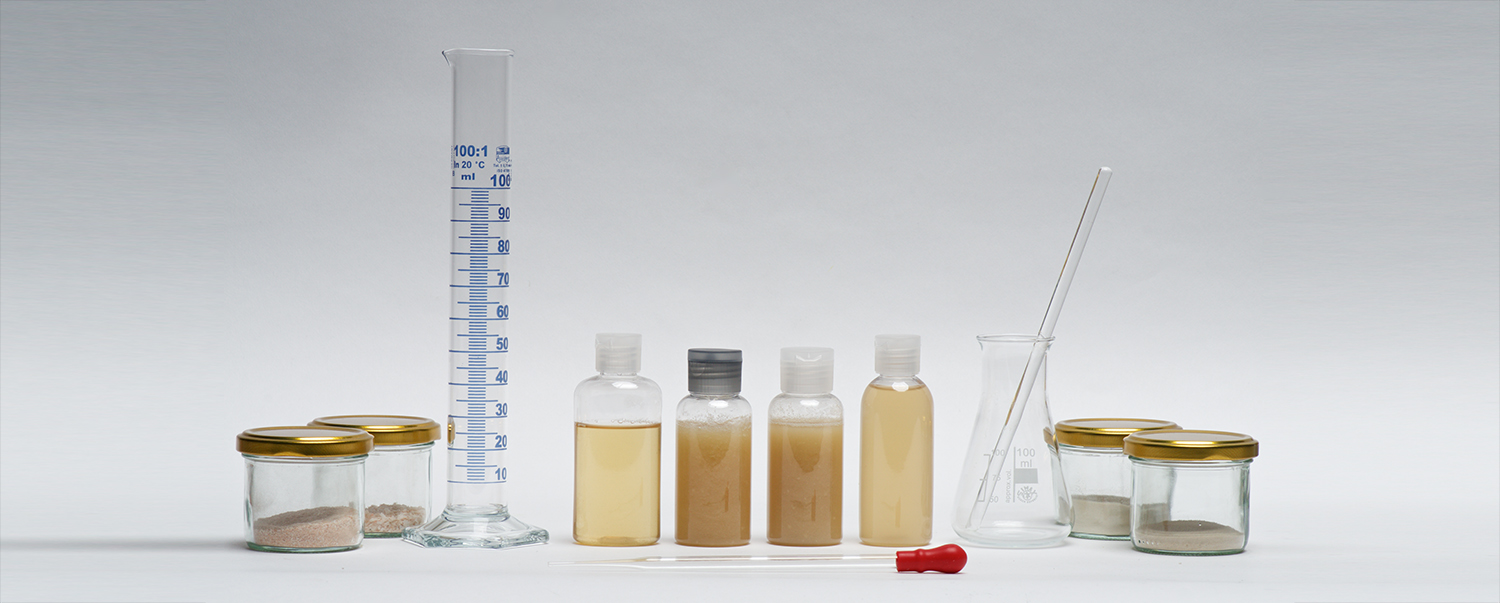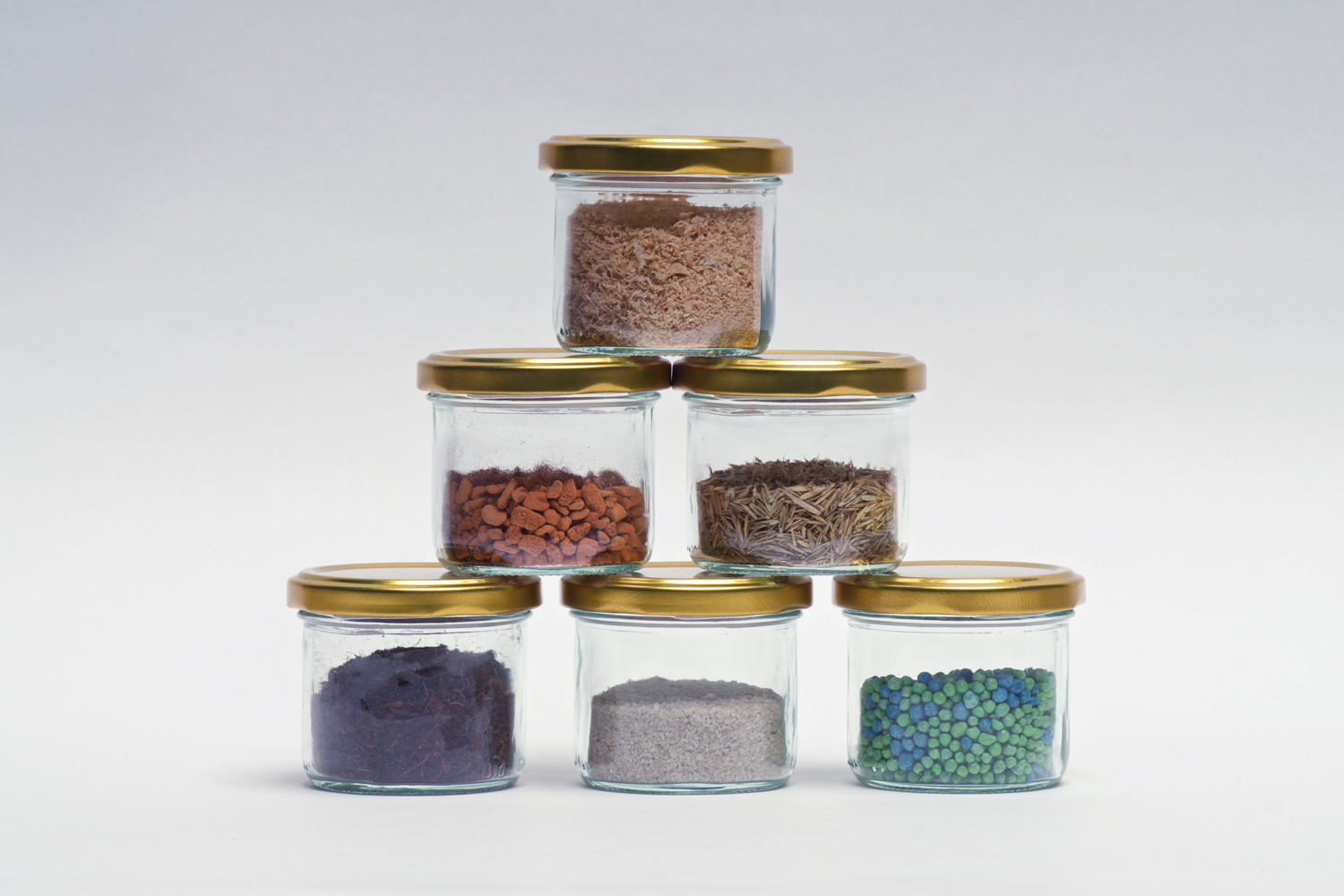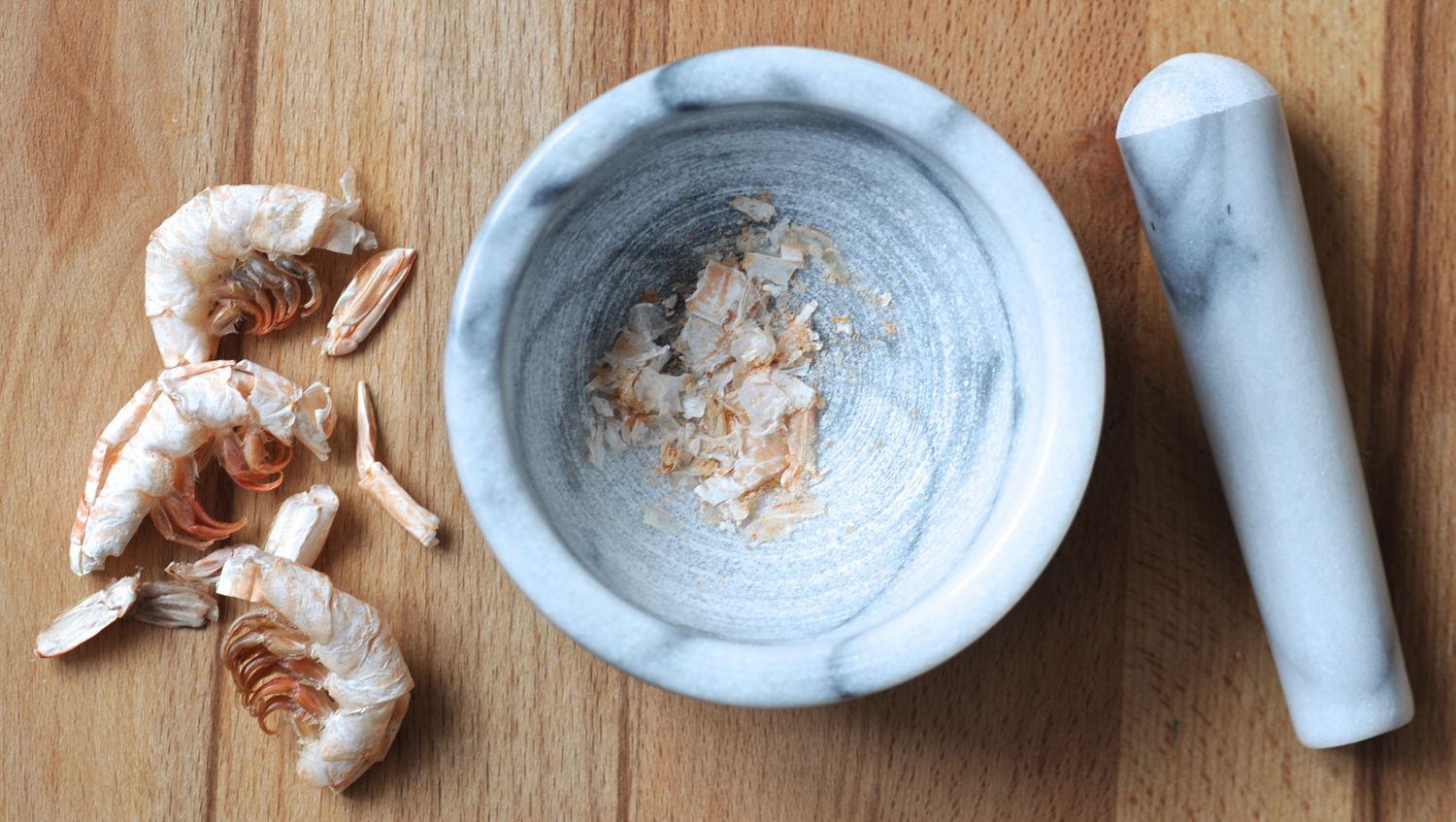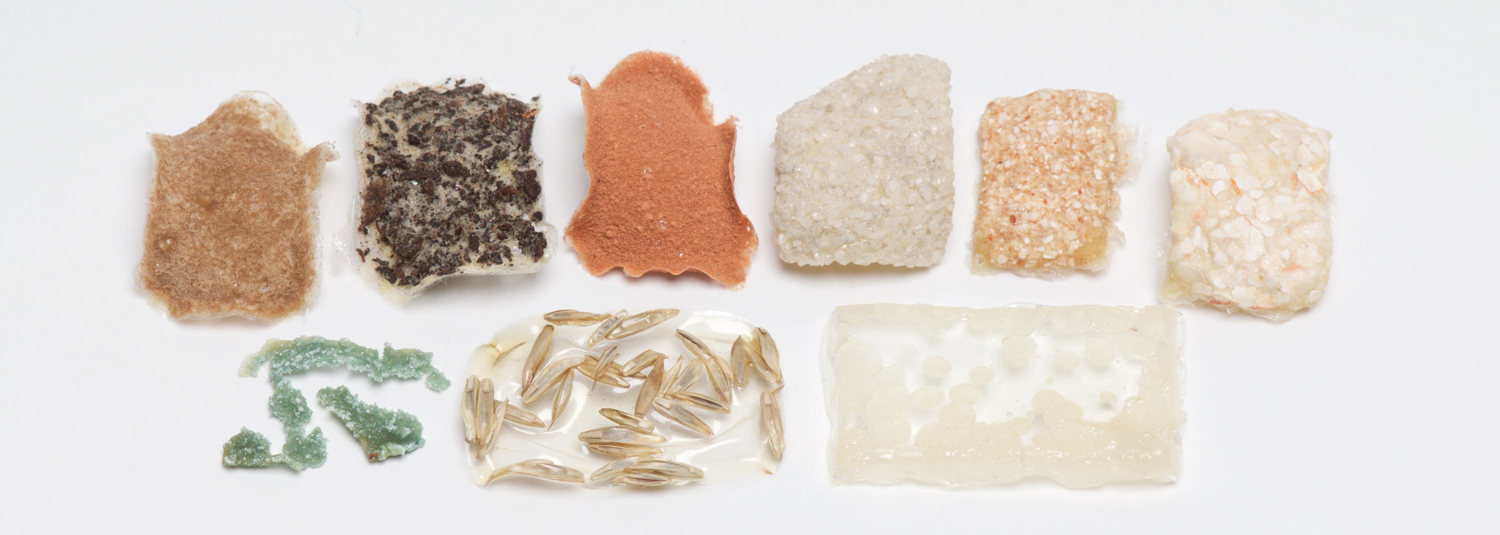Experiments on Material and Fabrication Process

The second group of experiments tries to identify a suitable fabrication method and material for the planned nesting intervention. Working with traditional and natural materials like wood and stone is usually marked by a cutting, carving and chiseling process, subtractive methods that take away material until the desired shape is reached. As Neri Oxman, professor at the MIT Media Lab and leader of the MIT Mediated Matter research group, points out in her TEDTalk Design at the intersection of technology and biology (2015) [1], this is not how nature works: “Living things are not chiseled. They grow.” [1] (at 00:49 – 00:52) Fortunately, technology recently gave us the possibility to move towards a more natural-seeming, additive manufacturing method: 3D printing. In her talk, Oxman elaborates:
“We live in a very special time in history, a rare time, a time when the confluence of our four fields is giving designers access to tools we’ve never had access to before. These fields are computational design, allowing us to design complex forms with simple code; additive manufacturing, letting us 43 produce parts by adding material rather than carving it out; materials engineering, which lets us design the behavior of materials in high resolution; and synthetic biology, enabling us to design new biological functionality by editing DNA.”
[1] (at 02:50 – 03:28)
Since the use of materials that are harmful to nature would be hypocritical, environmentally friendly, 3D-printable materials were researched and tested in the next step.
JUMP TO: Bio-Plastic | Chitin-Based Material | Regular & Wood-Blended PLA
Experiment #4 - Cornstarch-based Bio-Plastic

In the forth experiment I therefore investigated the suitability of homemade cornstarch-based bio-plastic. There are many instructions on how to make bio-plastic online, for example on instructables.com. The main ingredients are water, glycerol, vinegar, cornstarch and gelatin. After mixing those materials, the solution is heated up for 2-3 minutes on a stove, after which it becomes thick and goey. I filled the material in brick-shaped molds and additionally tried making flat samples on plastic wrap. To test how the bio-plastic behaves in combination with other natural ingredients, I also mixed some parts with sand, soil, seeds, loam and wood shavings.
RESEARCH QUESTION
What are the properties of bio-plastic and its compounds with other natural materials?
MATERIAL
Water, glycerol, vinegar, cornstarch, gelatin, sand, soil, grass seeds, loam, wood shavings.
PROCEDURE
Make bio-plastic following instructions. Fill in molds, mix in other natural materials in some parts, let dry.
OBSERVATION
Material initially dries very quickly but takes several hours to fully dry; shrinks while drying; mixed materials tend to become very brittle; overall strong vinegar smell.
CONCLUSION
Generally brittle and strong vinegar smell; not easy to bring in shape without the right tools.

Experiment #5 - Chitin-based Material

Next, I tried to recreate a chitin-based material described by Laia Soldevila and Neri Oxman of the MIT Mediated Matter research group in their paper Water-based Engineering & Fabrication: Large-Scale Additive Manufacturing of Biomaterials (2015) [2]. Chitin is the material insect cuticles and crustacean shells are made of, and it appears to be very flexible in its properties, forming both hard and robust structures as well as flexible tissues by varying its degree of hydration [2].
Soldevila and Oxman therefore experimented with chitin as the base of a 3D printable material, whose properties can be changed on the fly by changing its composition. One major advantage of the material they developed is that it is fully degradable in water in a relatively short time and thereby turns into nourishment for plants and marine life [1].I followed the instructions in the paper to recreate different chitosan and sodium alginate solutions and again mixed the material with other natural ingredients to learn more about its properties and possible use cases.
RESEARCH QUESTION
Can the chitin-based material developed by MIT be reproduced at home? What are its properties and those of its compounds with other materials?
MATERIAL
Chitosan, acetic acid, distilled water, sodium alginate, shrimp shells, sand, soil, grass seeds, fertilizer, wood shavings, clay, sugar.
PROCEDURE
Make chitosan solutions (3%, 6%, 10%) and sodium alginate solution (4%) following instructions. Fill into molds and mix some parts with various other materials; let dry.
OBSERVATION
Easy to make; solutions very liquid and smell slightly fishy; material flexible and dissolves in water.
CONCLUSION
Easy to recreate; not suitable for creating 3D object without special printer because the solutions are very liquid; could however easily be used to create coatings or fill molds.


Experiment #6 - Regular and Wood-blended PLA

Seeing that both of the previous materials did not fulfill the requirements for this project, the next experiment compares the properties of regular PLA (Polylactic Acid), a plant-starch based plastic commonly used in 3D printing, and a wood-blended PLA that tries to imitate the look and properties of actual wood.
RESEARCH QUESTION
How do the properties of wood-blended PLA differ from regular PLA?
MATERIAL
Regular white PLA, Wood-PLA (40%).
PROCEDURE
Print samples of equal size using a 3D printer with the same settings.
OBSERVATION
Wood-PLA smells like a mix of glue and wood; has a more irregular, rough structure; regular PLA floats on water while Wood PLA sinks.
CONCLUSION
Wood-PLA smells and feels a lot like actual wood; the rough structure gives a slightly permeable impression, but this suspicion could not be tested; material seems appropriate for first prototypes of printed nesting aids.

References
[1] TED. Neri Oxman: Design at the intersection of technology and biology, March 2015. Retrieved from: www.ted.com/talks/neri_oxman_design_at_the_intersection_of_technology_and_biology. Accessed on: 8 March 2017.
[2] SOLDEVILA, L. M.; OXMAN, N. Water-based Engineering & Fabrication: Large-Scale Additive Manufacturing of Biomaterials. Adaptive Architecture and Programmable Matter: Next Generation Building Skins and Systems from Nano to Macro. [S.l.]: Materials Research Society MRS 2015 - Symposium NN. 2015.